We’ve all been there — you send a partnership email, wait for a reply… and nothing. Not even a “thanks, but no thanks.”
According to Mailchimp, the average email open rate is 36.6%, meaning most pitches never stand a chance. But here’s the upside: with the right approach, you can easily land in the top-performing group.
In this guide, we’ll walk through practical tips, subject lines that get clicks, and real templates you can copy. Whether you’re reaching out to a brand, influencer, or potential collaborator, this will help you get that “Let’s talk” reply.
What are Partnership Emails?

Partnership emails are messages sent to start or grow a mutually beneficial relationship between two parties.
They can be for a successful collaboration, a business development project, or even an affiliate program pitch. The goal is to share a brief description of your idea and explain the value to the target audience.
How they Differ from other Business Emails
Regular business emails may give updates, handle tasks, or respond to customer questions. Partnership emails are different because they:
- Propose a collaboration idea or project
- Include a clear call to action to start a conversation
- Focus on building an ongoing relationship instead of a one-time reply
- Often use social proof like successful projects or client stories
Why Partnership Emails Matter in Business Development
In business, opportunities often come from the right connections. Partnership emails help you:
- Reach potential collaborators who can expand your reach
- Grow sales through affiliate partners or joint campaigns
- Open doors for future collaborations and win win partnerships
- Build trust with industry professionals and your target audience
Used well, they are an easy task, fast, low-cost way to connect with people who can help your company grow. And the best part? Even one well-written email can lead to long-term results.
How to Write Partnership Emails That Get a Positive Response
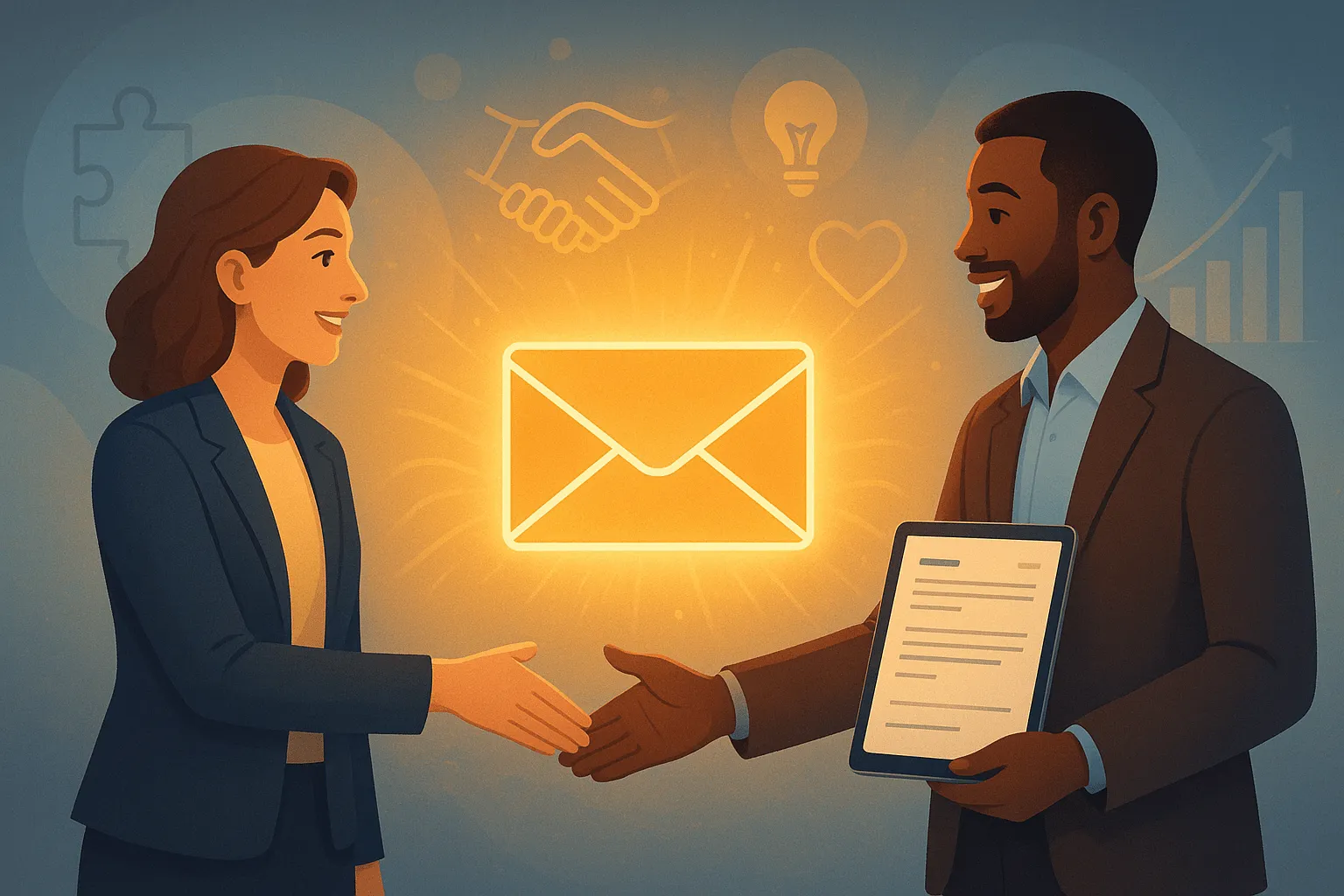
1. Start With a Strong Opening Line
Your opening lines should be the first sentences they read after the subject line. It should be personal, not generic.
How to implement:
- Mention their company name, a recent successful project, or a shared collaboration idea.
- Show genuine interest. A short compliment like “I’m a big fan of your work on [project name]” works well.
- Avoid long intros. Get to your point fast.
Example: "Hi [Insert Name], I saw your recent campaign on [social media platform]. It was a great example of a mutually beneficial partnership."
Pro Tip: If you can, link the opening to a benefit for their target audience.
2. Clearly State Your Value Proposition Early
A value proposition tells them what they get if they say yes.
How to implement:
- Put your main offer in the first email body paragraph.
- Use bullet points to list benefits. This makes it easy to scan.
- Include social proof like results from successful collaborations.
- Keep it focused. Don’t add unrelated details.
Example: "Partnering with us will help you reach a wider audience and grow sales through our affiliate program. We’ll promote your brand across our social media channels and give your followers exclusive content."
Busy people decide fast. If you make your value clear in 2–3 sentences, your positive response rate will go up.
3. Use Social Proof to Build Trust
Social proof shows the other person you are credible. It proves that working with you is worth their time.
How to implement:
- Mention successful collaborations or well-known industry professionals you’ve worked with.
- Share results from future collaborations or affiliate program campaigns you’ve run before.
- Add facts and numbers. According to Nielsen, 92% of people trust recommendations from others over ads.
- Link to case studies, blog posts, or news mentions.
- Include examples of successful projects and how they helped the target audience.
Example: "Our last win win partnership reached over 50,000 people on multiple social media platforms and increased sales by 27%."
Pro Tip: Place your best proof near the start of your email body so they see it before they decide to reply.
4. Keep the Email Body Short and Skimmable
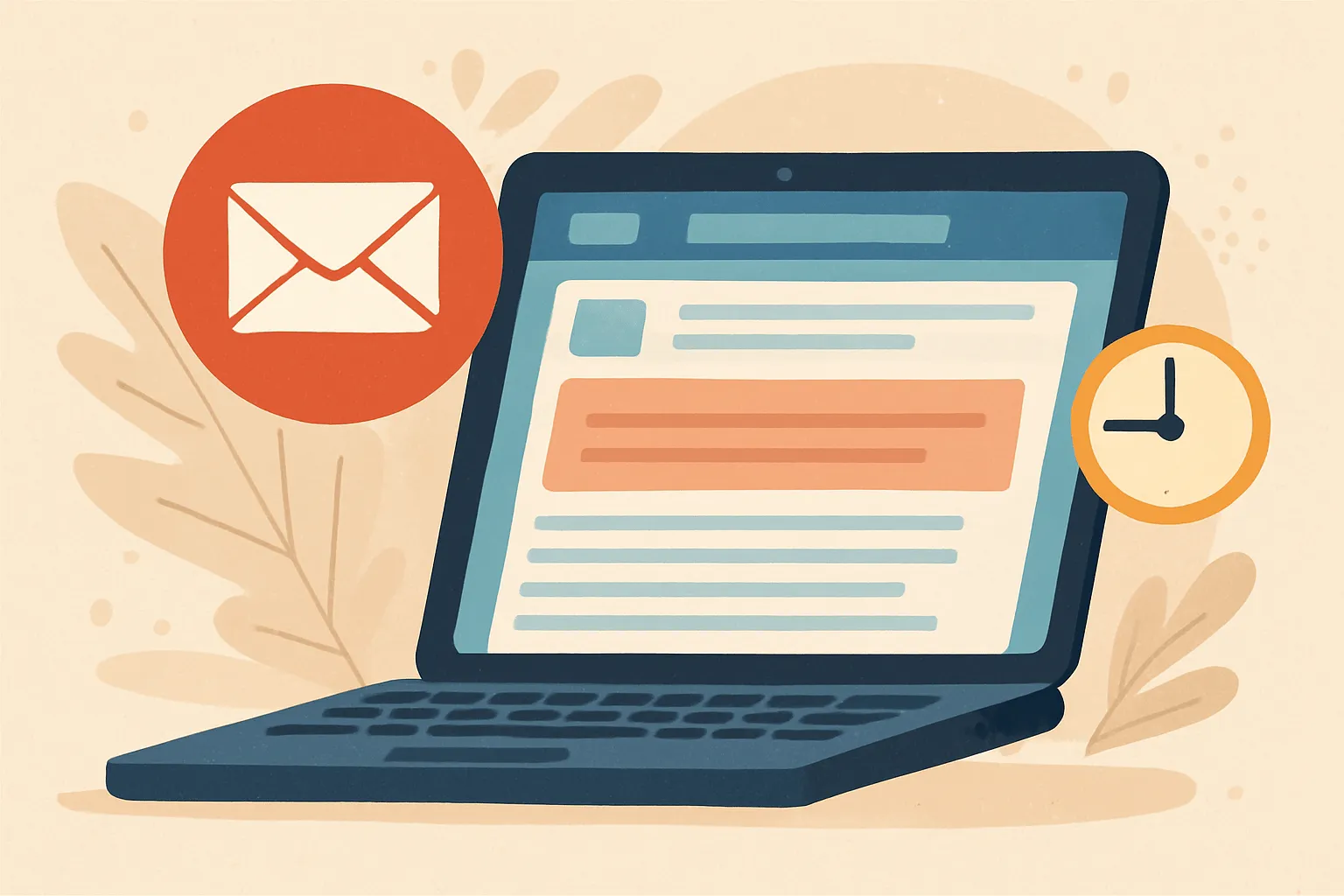
A short email body text is easier to read. Busy people won’t read a wall of text.
How to implement:
- Stick to 150–200 words.
- Break the text into bullet points or short paragraphs.
- Highlight key elements like your offer, benefit, and call to action.
- Use simple words so your recipient understands quickly.
- Add one clear next step, like a quick call or quick chat.
Example: "Here’s the plan:
- We promote your product through our collaboration email templates.
- You get access to our exclusive content for your followers.
- We share results with you every week."
Why it works: Clear formatting makes your partnership emails easy to scan. If they can see your value proposition in 10 seconds, your chances of a positive response go up.
5. Tailor Your Collaboration Idea to Their Target Audience
If your collaboration idea doesn’t fit their target audience, it won’t work. People respond better when the offer feels made for them.
How to implement:
- Learn about their company name, products, and who they serve.
- Take time to understand and engage the influencer's audience—tailor your pitch and content to resonate with their followers for maximum promotional impact.
- Check their social media channels or social media platform activity to see what content performs well.
- Adjust your partnership emails so they highlight benefits for their target audience.
- Include examples of future collaborations or successful projects that delivered results.
Example: “I noticed your followers love behind-the-scenes content. We could share exclusive content and product previews through our affiliate program to give them something fresh.”
Pro Tip: Offer something they can’t easily get elsewhere. A small tweak to match their audience’s needs can turn a “no” into a positive response.
6. Craft a Subject Line That Gets Clicked
Your subject line decides if your email gets opened. A bad one means your message never gets read.
How to implement:
- Keep it under 50 characters.
- Make it clear, not clickbait.
- Add the company name or project name when possible.
- Use curiosity or a benefit, but stay honest.
- Test different versions to see what works best.
Example subject lines:
- “New collaboration idea for [Company Name]”
- “Let’s plan a win win partnership this quarter”
- “How we can help you reach a wider audience”
Data Insight: According to HubSpot, emails with personalized subject lines are 26% more likely to be opened.
Pro Tip: Match your subject line to the content in your email body. If it promises a quick call or call to action, deliver on it inside.
7. End With a Clear Call to Action
Your partnership emails should never leave the reader guessing about the next step. A clear call to action tells them exactly what to do. Do you want them to schedule a quick call? Review a proposal? Share a few ideas? Make it specific.
For example:
- “Can we schedule a quick call next Tuesday to discuss this collaboration idea?”
- “Please reply with your availability so we can move this project name forward.”
Keep your email body short and focused. Long paragraphs can make your message hard to read. Instead, use bullet points for clarity. According to Campaign Monitor, emails with a single, clear action get 371% more clicks than those with multiple requests.
How to implement:
- Pick one main action you want the reader to take.
- Use action verbs like “Schedule,” “Confirm,” or “Join.”
- Place the call to action before your closing line so it stands out.
A well-placed CTA moves the conversation forward and avoids endless back-and-forth.
8. Add a Professional Email Signature
An email signature is more than just your name. It’s proof that you’re a real person from a credible company. A professional signature builds trust and makes it easy for the reader to contact you.
Include:
- Your company name and job title.
- Phone number and social media channels.
- Website link or portfolio.
- Optional: a short value proposition like “Helping brands grow through mutually beneficial partnerships.”
How to implement:
- Keep it simple — avoid too many colors or fonts.
- Add links that work on both desktop and mobile.
- Make sure your email signature matches your brand style.
As email strategist Ann Handley says, “Every element of your email, even the signature, should reinforce your message.”
A clean, complete signature shows professionalism and can turn a positive response into a confirmed deal.
10 Proven Subject Line Ideas for Partnership Pitches
Partnership Email Templates You Can Use Today
1. General Partnership Outreach Email
2. Collaboration Email Template for B2B
3. Influencer Collaboration Email Template
4. Affiliate Program Pitch Email
Specialized Templates for Successful Collaboration Scenarios
1. Brand Ambassador Partnership Email
2. Partnership Email for Co-Writing a Blog Post
3. Mutual Relationship Pitch Email
Best Practices for Follow-Up Emails
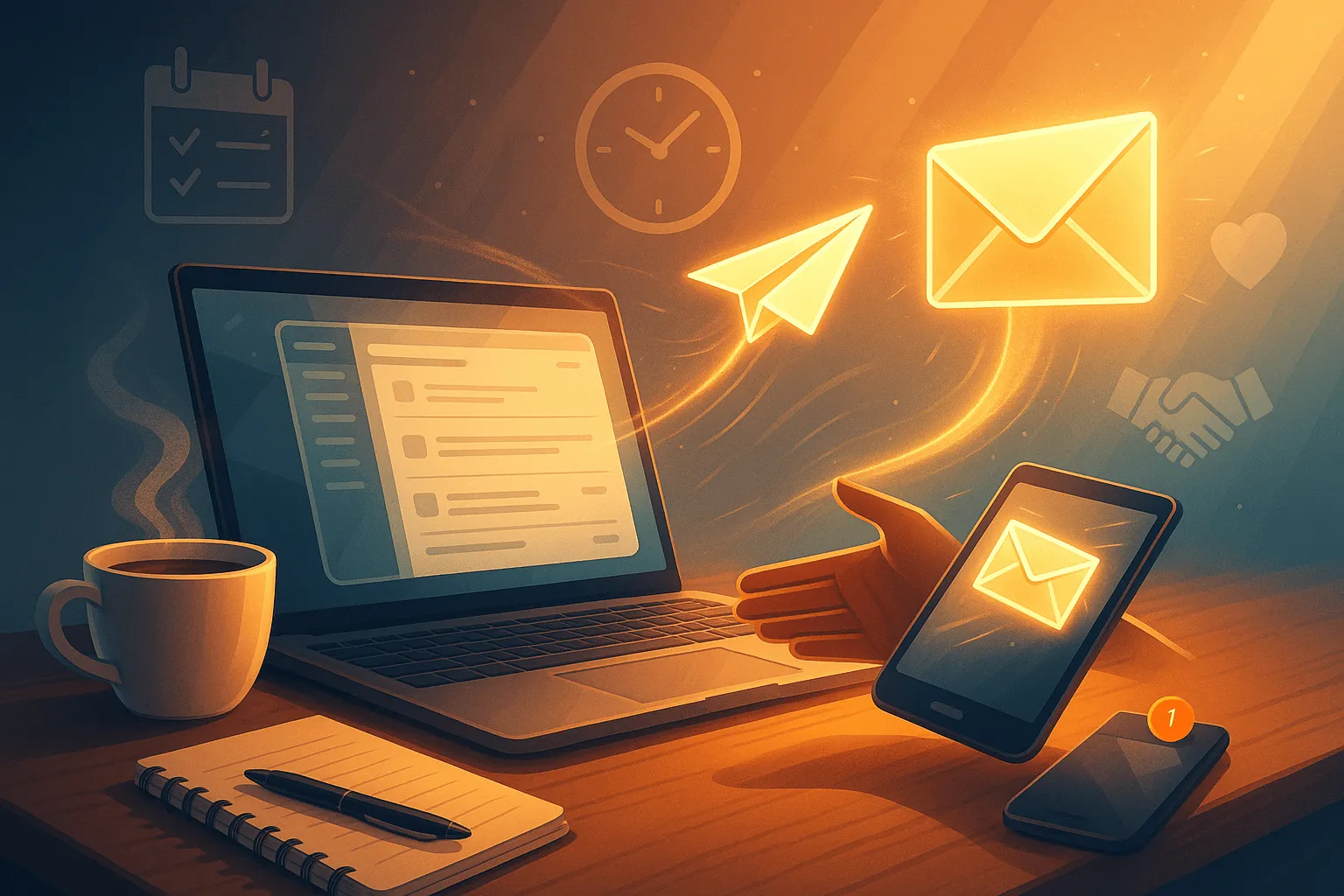
- Time Your Follow-Up Smartly: Don’t rush. Give at least 3–5 business days after your first collaboration email before following up. If it’s urgent, 48 hours is fine. Timing shows respect for your target audience and avoids looking pushy.
- Reference Your Previous Email Clearly: Start your follow-up with a short opening line like: "I’m following up on the proposal I sent last week regarding a potential mutually beneficial project." This helps the recipient quickly connect your email to the earlier conversation.
- Keep It Short and Focused: Use short paragraphs and avoid unnecessary details. A clear call to action like “Can we schedule a quick call next week?” makes it easier for the reader to decide.
- Add New Value or Context: Don’t just resend the same message. Share a brief description of a new collaboration idea or attach a link to relevant social proof like recent successful projects. This keeps your email fresh and worth reading.
- Maintain a Professional but Friendly Tone: A well written email should sound approachable but professional. Use a polite close like best regards, and make sure your email signature has your company name and contact details. This builds trust and credibility.
How to Optimize Your Partnership Email for Maximum Impact
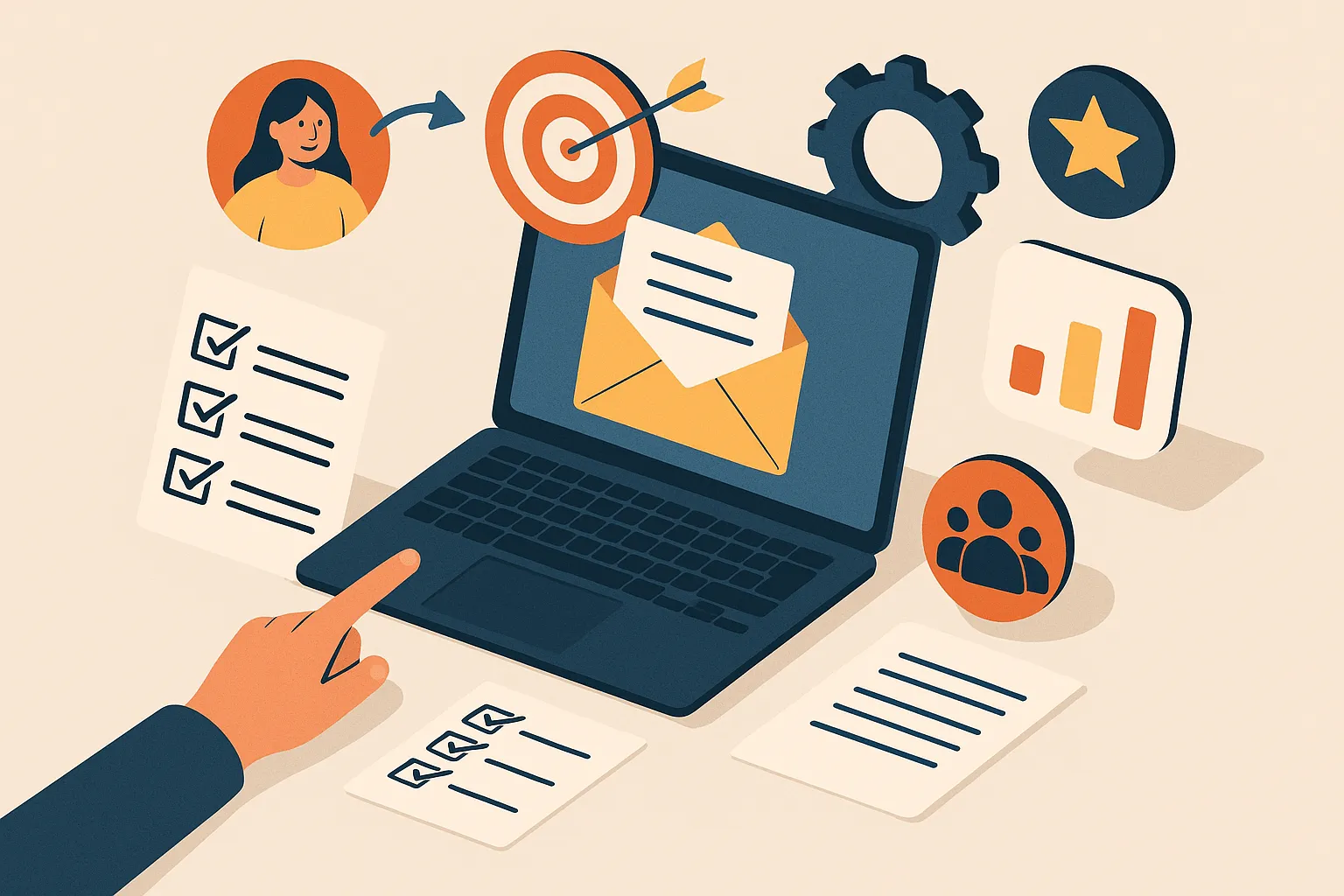
1. Personalize Beyond the Name
Personalization is more than adding the company name or the recipient’s job title in the subject line. Show you know their target audience, recent successful projects, or shared goals. For example:
- Mention a campaign they ran that impressed you.
- Reference a post from their social media channels.
People respond better when they see you’ve done your homework. According to HubSpot, personalized emails can improve response rates by up to 26%.
2. Structure for Readability
A well-structured email keeps readers engaged.
- Use short paragraphs and bullet points for clarity.
- Keep the email body focused on one main idea.
- Add a clear call to action so the recipient knows the next step.
Tip: If it’s a business email, make sure your email signature is complete—include your name, title, and contact details.
3. Add Social Proof and Credibility
People trust results. Add social proof like case studies, reviews, or media mentions. If you have a mutually beneficial collaboration idea, share data to back it up.
- “Our last partnership helped increase lead generation by 40%.”
- Include a link to a guest post you’ve published on a respected platform.
4. Test and Refine
Don’t send the same message to everyone. Test your email templates, subject lines, and offers.
- Run small A/B tests with different curating pitch approaches.
- Track which follow up messages get the best positive response.
The best results come from combining a clear message, credibility, and a human touch. Or as marketing expert Ann Handley says, “Make the customer the hero of your story.”
Frequently Asked Questions About Partnership Emails
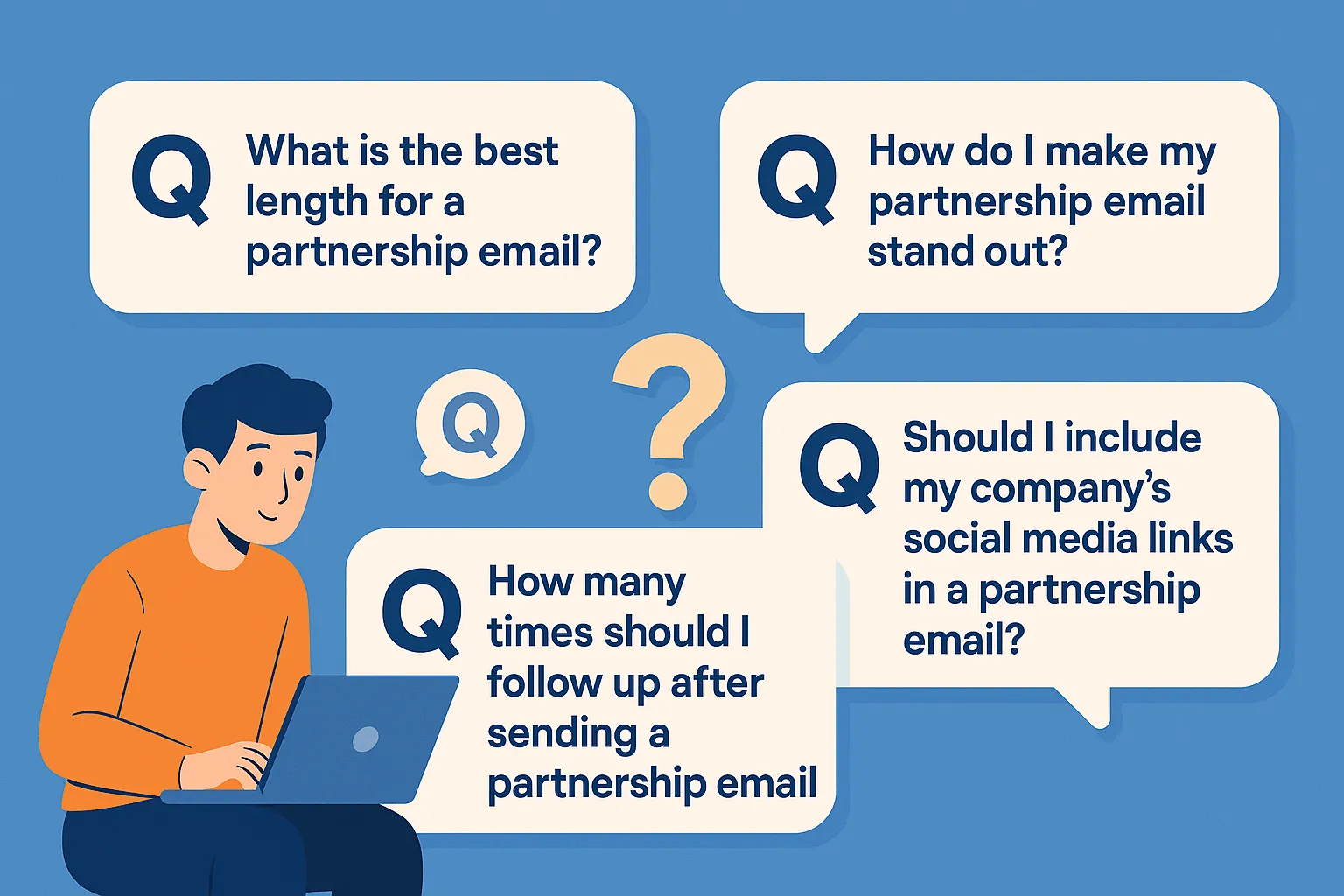
1. What is the best length for a partnership email?
Keep it short. A good partnership email is usually 150–200 words. This is enough to give a brief description of your idea, share your value proposition, and add a call to action. People are busy, and short paragraphs help them read faster. Research shows emails under 200 words get 50% more replies.
Quick tip: Use bullet points for your main elements. It makes the email easier to scan.
2. How do I make my partnership email stand out?
Start with a strong subject line that is clear and personal. Mention the company name or project name if possible. In your opening line, show that you understand their target audience or pain point.
Add social proof—like past successful projects or mutually beneficial results. End with a short call to action, such as asking for a quick call.
3. Should I include my company’s social media links in a partnership email?
Yes, but only if they are active. Adding links to your social media channels or social media platform profiles builds trust. It shows you have a real audience and are a credible affiliate partner or collaborator.
4. How many times should I follow up after sending a partnership email?
You can follow up 2–3 times, spaced about a week apart. In each follow-up, briefly describe why you’re reaching out again. Keep it polite and professional.
Example: “Just checking in to see if my collaboration idea sounds interesting for your future collaborations.”
5. Should I attach a proposal to my first partnership email?
Not always. For a first email, focus on the email body—clear and short. If they show interest, then share a detailed proposal or email template. This helps avoid overwhelming them in the first step.
“The goal of the first email is to start a conversation, not to close the deal.” — MarketingProfs
Conclusion
Partnership emails can open doors to real growth if you plan them well. Use the right collaboration email templates and make your email body short and clear. A strong opening line, a simple email template, and a clear affiliate program pitch can help the recipient understand your value fast. Always show interest in a potential collaboration and follow up. As one marketer said, “A good pitch email builds trust before the first call, and I look forward to hearing your thoughts .”

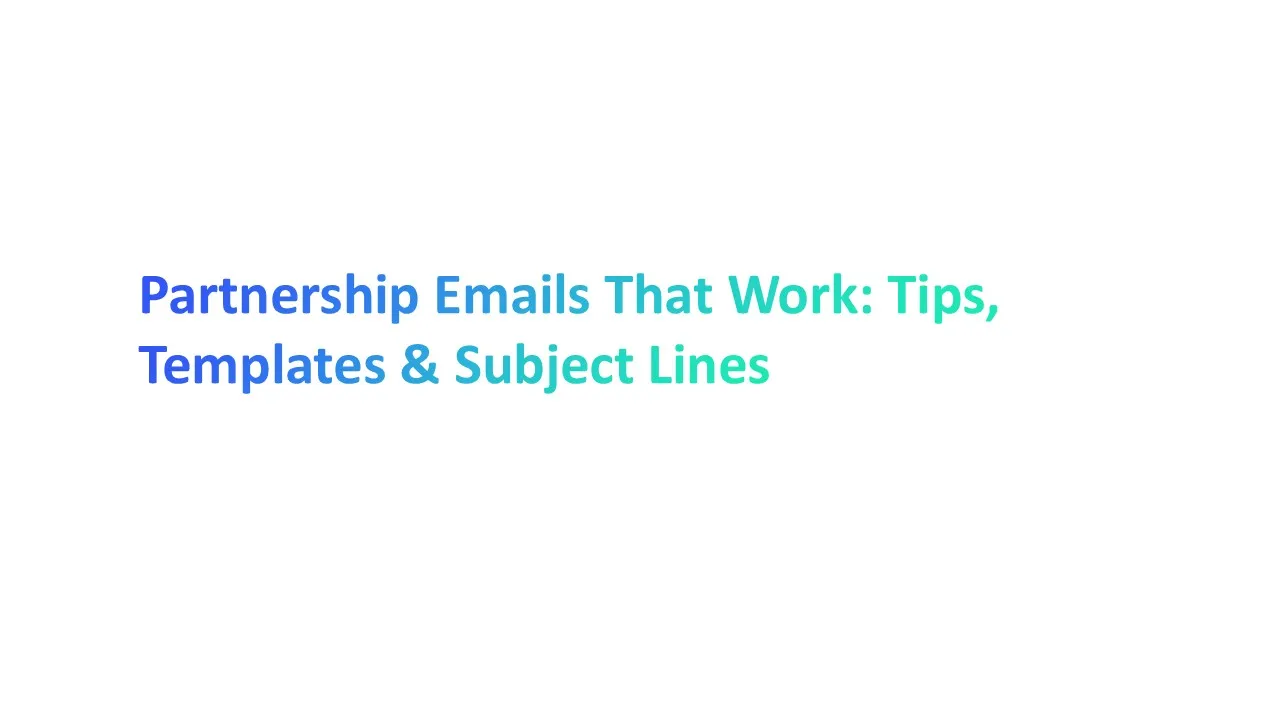



.png)
.jpg)

